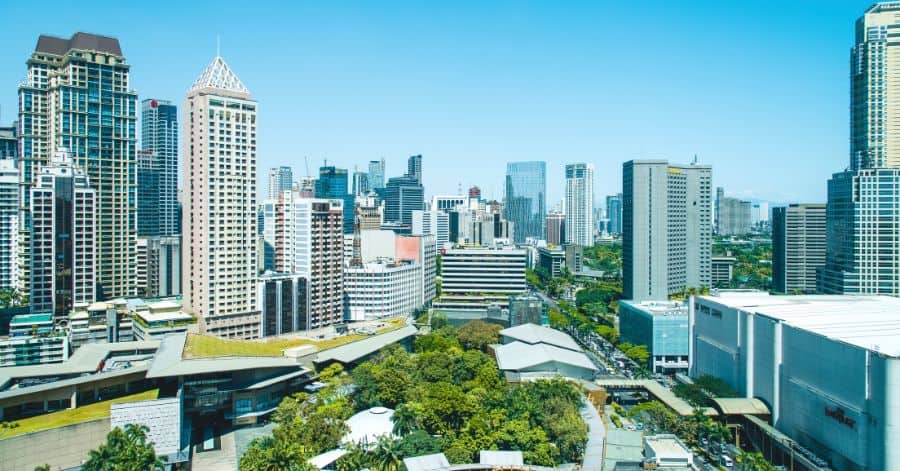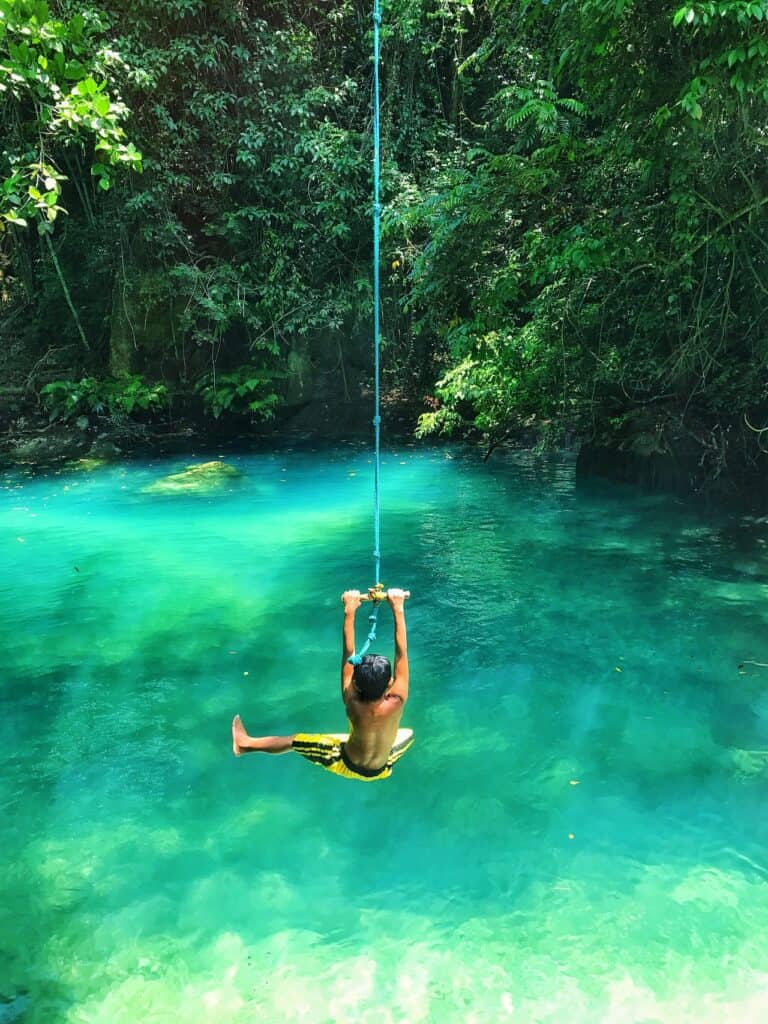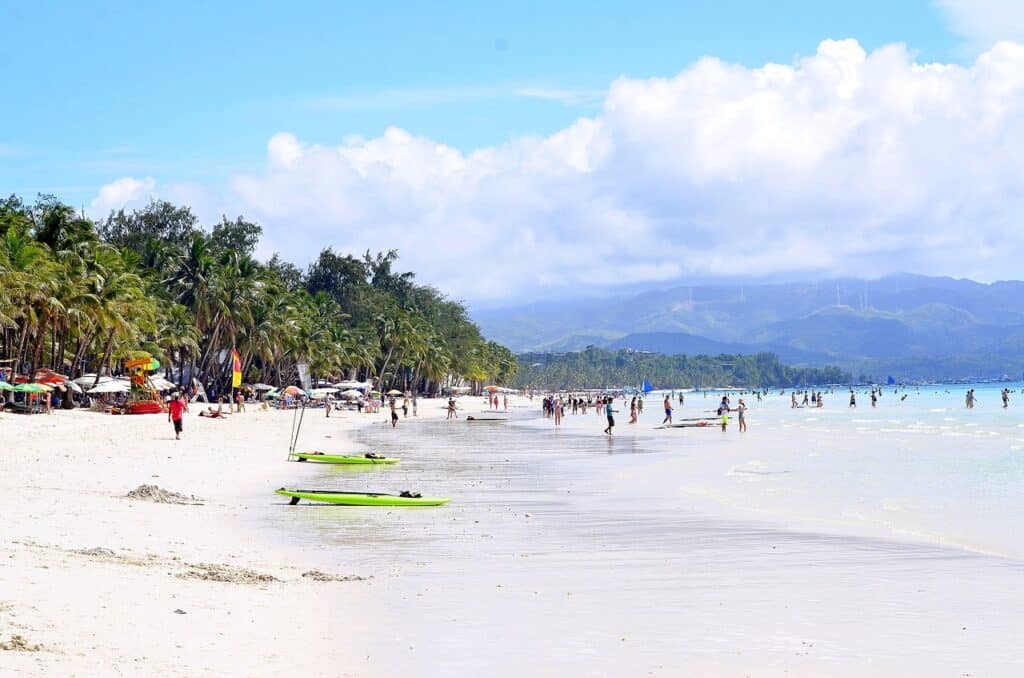For most tourists, Manila is just the landing point before a local flight to the Philippines’ more famous islands. However, this bustling capital has its share of attractions. It’s a melting pot of cultures, a shopper’s paradise, and full of hidden historical and culinary treasures.
You may also like:
- Top 15 Tourist Spots and Things To Do in Tagaytay, Philippines
- 10 Best Budget Hotels in Manila, Philippines
- Top 10 Hotels with a Pool and Sauna in Manila Philippines
- 10 Serene Vacation Rentals in Tagaytay, Philippines
Tourists will also have no problem exploring Manila—most Filipinos speak very good English and are friendly and helpful. That’s why it’s often called “The City of Smiles.”
However, Manila has terrible traffic, so you must plan your itinerary carefully to see as much as possible in one area. Here are some places you may like.
History and Museums in Manila
Intramuros
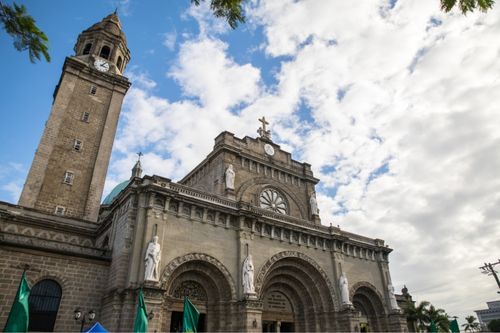
The Philippines was a Spanish colony for 333 years, and the Walled City of Intramuros was their political and military power seat. It housed their government offices, key religious and educational institutions, and the homes of the most affluent clans.
The European-style architecture and cobbled streets were called “The Paris of Asia.” Cannons, moats, and bulwarks defended it from pirates and invaders, while the port was the heart of the Spanish galleon trade.
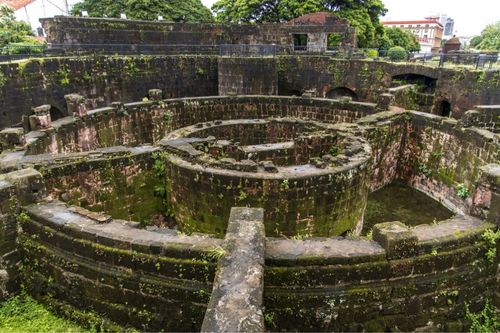
Unfortunately, Intramuros were heavily bombed during the Second World War. Some of it has been preserved or reconstructed, and an expert guide can take you around while providing colorful anecdotes about each landmark’s role in Philippine history.
Key stopovers include Fort Santiago, which houses the museum of national hero Jose Rizal, who was executed here.
You can walk around Intramuros, take the old-fashioned kalesa (horse-drawn carriage) for a leisurely ride around Intramuros, or rent an eco-friendly bamboo bike. Most Intramuros tours also include the option to explore nearby historical landmarks, such as the Manila Cathedral, the San Diego Gardens, and the oldest universities in the country.
Check Out the Best Intramuros Tours!






Casa Manila
A few steps from Intramuros is the Casa Manila, a reproduction of a 19th-century home. It was made in the 1980s and designed to capture architecture and daily life. The rooms even have authentic artifacts and accessories, making you feel you’ve entered the past.
San Agustin Church and Museum
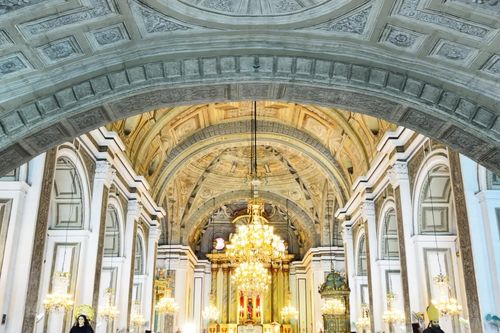
Built in the 16th century, this is the oldest stone church in the Philippines and a UNESCO heritage site.
San Agustin is a fine example of Baroque architecture; its interiors have been exquisitely restored. You can find trompe l’oeil paintings, rosettes, and reliefs, finely crafted moldings. The crucifix was made in the 1500s, and the choir stalls added in the 1700s are inlaid with ivory.
Next to the church is a monastery and museum. It houses paintings, antique statues, and religious artifacts from the Philippines. Get an interesting peek at the country’s long history of the Catholic Faith and its influence on Philippine culture.
TourTeller’s Pick – Best Manila Tours!





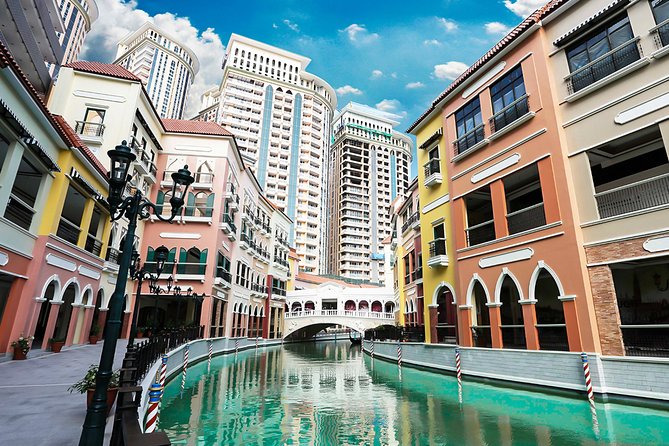


The National Museum
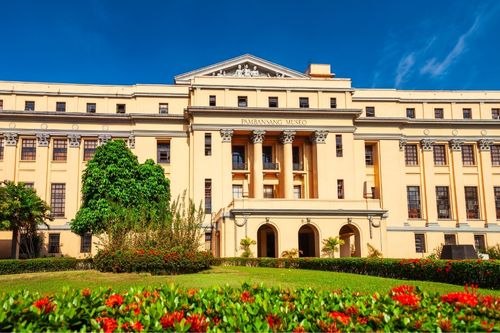
This building complex houses the National Museum of Arts, Anthropology, Natural History, and the Planetarium.
You can see the works of the Philippines’ most famous artists, including Juan Luna’s The Spoliarium. There is also an excellent collection of artifacts from pre-Hispanic life, including pots and weapons nearly 1,000 years old. You can also see a sample of Alibata, the ancient writing system.
The recently-added Museum of Natural History houses the skeleton of Lolong, once the world’s largest crocodile in captivity.
Ayala Museum
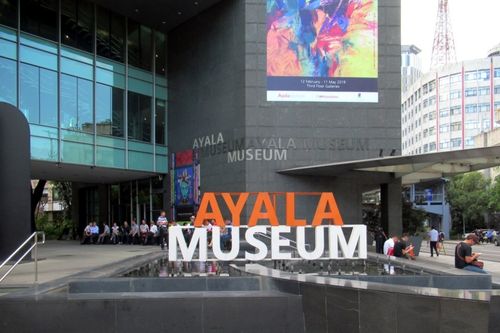
Conveniently located in the Makati Business District, this modern museum showcases some of the best contemporary art, including priceless pieces from the private business tycoon Jaime Ayala collection.
However, it is most famous for its historical exhibit: a series of 60 dioramas that capture the most important milestones in Philippine history. You can also see a collection of traditional Filipino maritime vessels, gold items made even before the Spanish colonial rule, and porcelain and silks that reflect thousands of years of trade with China.
Binondo
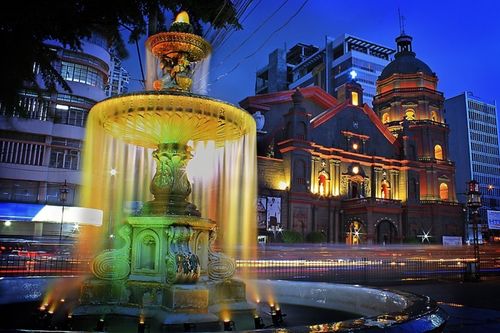
(Source: Wikimedia)
Founded in 1594, Binondo is considered the world’s first Chinatown. And just like 400 years ago, this is a treasure trove of bargains and amazing food.
Your first stop should be Escolta, a historic street where the first Chinese merchants shopped. This was Old Manila’s first commercial district, and some of the original cobbled streets and buildings are still there—a fascinating remnant of a bygone era.
Then, book a food tour to the best Binondo offers. It has hole-in-the-wall noodle houses that serve the best Mami and dim sum in the city (at less than $3 a bowl!), traditional bakeries, and famous restaurants.
On Carvajal Street, kiosks sell local delicacies and fresh produce. A Binondo food tour is one of the best things to do in Manila!
And move over, Black Friday sales—Binondo has the best bargains, far cheaper than you’ll find in Manila shopping malls. Visit Lucky Chinatown Mall, which has both boutiques and stalls where you can buy items in bulk. While you’re there, drop by the Chinatown Museum on the fourth floor. The interactive exhibits bring their history to life and are very Instagram-worthy!
For more unique finds, walk to Ongpin Street, which sells lucky charms and traditional herbal remedies. If you’re here during Chinese New Year, this street will be crammed with feng shui items and fortune-tellers who can predict your luck for the year.
Within Binondo, you’ll find three different religious landmarks: the Binondo Church, the Seng Guan Temple, and the Sto. Cristo de Logos de Binondo Shrine (which combines both Catholicism and Chinese faiths). It reflects how the Philippines has uniquely embraced many different cultures and made them theirs.
Fort Santiago
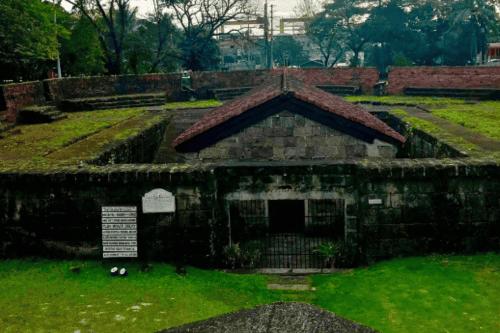
Fort Santiago is a source of pride for the Philippines and a prominent tourist destination in the capital city of Manila. Constructed in the late 1500s, Fort Santiago served as a strategic outpost for Spain’s ambitions in the Far East. This grand fortress, facing the sea like a vigilant guardian of the city, stands as a symbol of the yearning for freedom. It also stands as a memorial to the Filipino heroes imprisoned and sacrificed under the oppressive rule of Spain and Japan.
If you are keen on historical landmarks, you definitely should pay a visit to this place. The site is spacious, meticulously preserved, and teeming with things to explore, accompanied by super detailed explanations.
If you want to learn everything, you could need two to three hours, but if you want to see the sights and roam around, 30 minutes will do. Also, plan your trip between February and July to maximize your experience and avoid the flood season.
Shopping in Manila
Greenhills
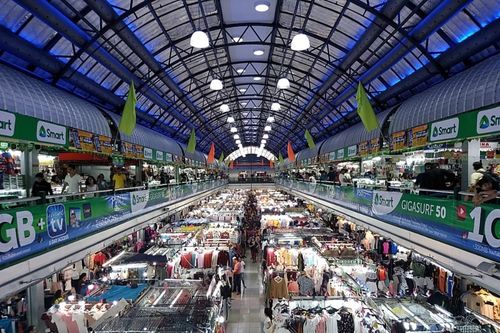
(Takamorry from Fukui, Japan, Greenhills Shopping Center (35106417321), CC BY-SA 2.0)
Ask any local what to do in Manila, and they will tell you immediately: go shopping in Greenhills! You’ll find thousands of stalls that sell everything from clothes to South Sea pearls. There’s one floor dedicated to electronics, where you can get the best prices on the latest phones and laptops.
Prices are slightly more expensive than Binondo and Divisoria, but you will shop in comfort. Greenhills is fully air-conditioned, flanked by restaurants, and easily accessible by cab.
You can—and should—bargain for a better price in Greenhills. With haggling, you can get items at 30% to 40% cheaper than in a store.
Bring cash: Greenhill’s stalls do not accept credit or debit cards. If you arrive early in the morning when the stalls first open, you can take advantage of “Bueno Mano” or the discount vendors give to their first customers.
But what if you’re traveling with toddlers or preschoolers who will get too tired from walking around and lose interest in a long tour? Here are some of the best things to do in Manila if you’re in a young family.
Robinsons Place Manila
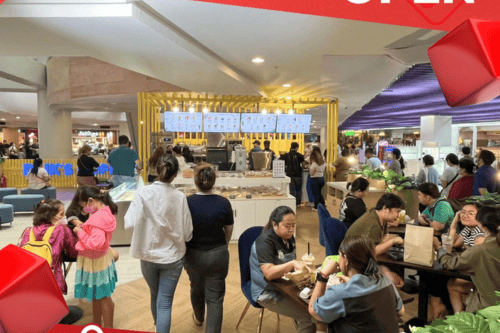
Robinsons Place Manila is unmissable for shopping. This seven-story mall is currently the largest serving mall in Manila. The mall includes numerous unique stores spread over 240,000 square meters. Here, you can find all the top-notch items like cosmetics, fashion accessories, garments, shoes, purses, and many other things.
It’s also a great place to visit with your family and kids. It features a dedicated gaming zone for children and a spacious food court, ensuring your visit extends beyond shopping. Families can have a great time here, enjoying various activities and dining experiences.
Best Things to do in Manila with your Family
Manila Ocean Park
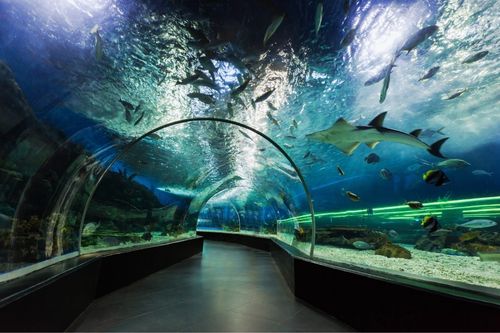
It has 14,000 marine creatures and 277 species indigenous to Southeast Asia. You can see them swimming through the underground walkway. Schedule your visit to arrive in time for the feedings and the dolphin shows.
You also have the option to book in the Ocean Park hotel. The rooms have a clear glass wall so you can fall asleep surrounded by marine life and corals. (Don’t worry, you can draw the curtains for privacy.)
Art in Island Museum
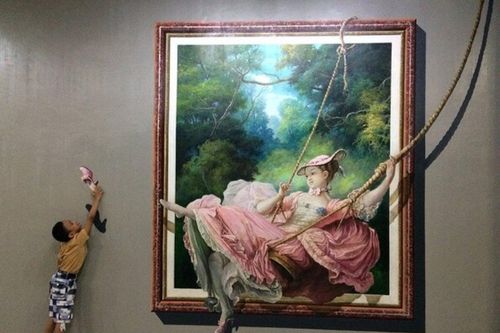
This is one of the most fun things to do in Manila! Art in Island is Asia’s largest 3D art museum and the world’s first selfie museum. You can take as many pictures as possible against over 200 stunning and interactive backdrops. Some backdrops look like a painting, others like a science fiction landscape or a movie set.
Ace Water Spa
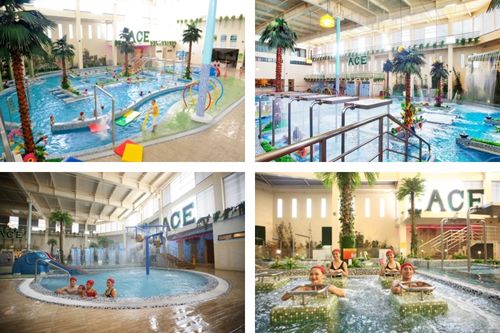
This huge water park has cold pools, water slides, rain baths, and hot herbal pools. It’s a fun way to spend the day and offers a refreshing escape from the heat. This is one of the best things to do in Manila if you visit in April or May, the two hottest months of the year.
Museo Pambata
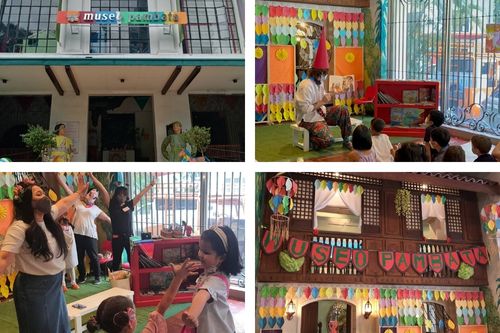
It means “Museum for Children,” designed to teach history, science, and culture with interactive exhibits. This is a great way to entertain kids typically bored or tired from the traditional historical tour.
Its location on Roxas Boulevard is just minutes away from Manila Cathedral and Manila Bay, so if you visit in the afternoon, you’ll finish just in time to hear the famous choir sing and catch the sunset.
Experience Manila
Here’s what to do in Manila if you have a tight itinerary and only have one night to explore: go to Greenbelt or the Bonifacio Global City. Both are in the Makati business district. You’ll find the biggest malls, thriving nightlife, restaurants with different cuisines, and relaxing parks.
But if you can, try to spend more time exploring the rest of the capital. It may not be as famous as Boracay, Cebu, or its other pristine islands, but you’ll still find many fun things in Manila.
Take a food Tour
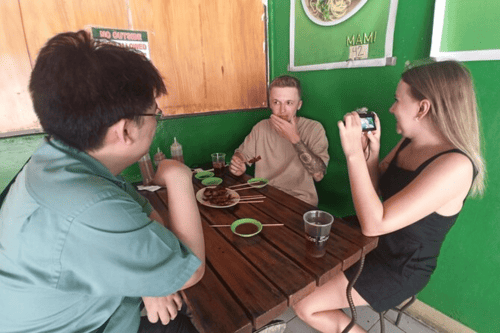
Secret cuisine excursions are perfect if you enjoy venturing off the beaten path and learning about local cultures. The culture here blends a distinct fusion of Asian ideals with Western innovation to produce a unique setting.
On your Manila culinary tour, the guides you meet will give you an inside peek at several kitchens throughout the city. Try some of these well-known dishes: balut (fertilized duck embryo), isaw (grilled chicken or pork intestine), adobo (marinated meat), sinigang (sour soup), siopao (steamed buns), and lechon (roast pig).
Check these handpicked activities:
- Manila Food Tour: Introduction to Philippine Street Food
- Manila Food Tour: Explore World’s Oldest Chinatown
- Makati Street Food Experience
Explore Makati
Makati, Manila’s bustling financial district, is a vibrant urban hub that blends modernity and culture. You can spend a day wandering through the lush Greenbelt Park, an oasis in the city’s heart. Here, you can relax by ponds, admire sculptures, and even catch live performances. The Ayala Museum, located nearby, is a must-visit to gain insight into Filipino art and history.
If shopping is your passion, Makati won’t disappoint. Powerplant Mall and Central Square are two of the city’s premier shopping destinations, where you can find everything from luxury brands to local handicrafts. After shopping, check out the district’s vibrant dining scene, with many restaurants offering global and Filipino cuisines.
Manila Baywalk Dolomite Beach
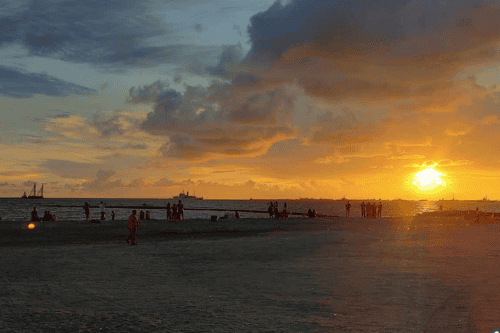
A man-made beach in Manila? It is the Manila Baywalk Dolomite Beach, for sure. Even though swimming and other water sports might not be accessible right now, the beach offers the perfect environment for unwinding.
It’s the ideal location to escape Manila’s hustle and bustle. You can enjoy the surroundings by taking a stroll along the beach. The view is particularly stunning when the sun goes down. Along the shore, you can also ride a horse-drawn carriage. After relaxing at the beach, you can visit a small market with food and drinks.
Arroceros Forest Park
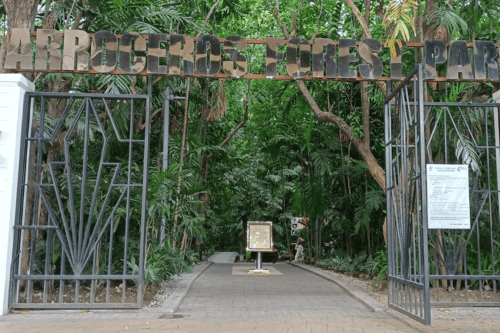
While modern buildings dominate the Manila skyline, natural parks are rare in this bustling metropolis. Arroceros Forest Park, known as “Manila’s Last Lung,” is the city’s only remaining nature park and is a peaceful sanctuary amid urban chaos.
This park is home to an impressive collection of nearly 3,500 trees, representing diverse species like acacia mangium, acacia auriculiformis, mahogany, molave, African tulip tree, eucalyptus, Indian tree, and many more. It’s also a habitat for rare avifauna species like the pied fantail, brown shrike, long-tailed shrike, Pacific swallow, etc.
Taking a stroll through this park is a delightful experience. The atmosphere is serene and quiet, enveloped by the melodious sounds of chirping birds. The ample tree cover provides cooling shade, making it a pleasantly cooler spot than the surrounding urban environment.
Nearby Attractions in Manila
Taal Volcano
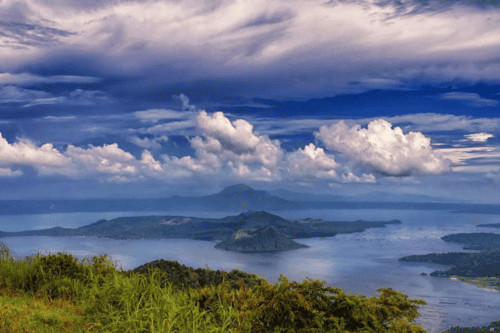
The Taal Volcano is the world’s smallest active volcano. Its inexplicable shape and placement on an island within a lake make it a unique geologic wonder, attracting thousands of tourists and geologists each year. This volcano is located in the province of Batangas, about 50 kilometers (31 miles) south of Manila.
Many travelers flock to Taal Volcano for the outstanding trekking experience. Unfortunately, entry to this location is forbidden because the Philippines Government has labeled the Taal Volcano a “Permanent Danger Zone.”
You will not be allowed to land on the island, but many trips will take you to various perspectives. As a result, you can still enjoy the breathtaking view of the volcano. You may also take a boat ride around Taal Lake to see the natural splendor and get up close and personal with the erupting volcano.
Check these handpicked activities:
- Full-Day Manila City, Tagaytay Taal Volcano and Lake Tour
- Active Taal Volcano Experience 2023 With transfers from Manila
- From Manila: Taal Volcano Island and Pagsanjan Falls Tour
Pagsanjan Falls
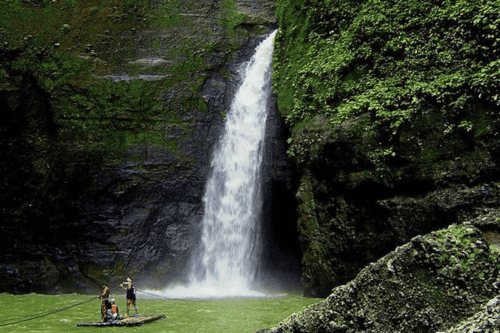
This waterfall, also known as Cavinti Falls, is one of the most magnificent in the Philippines. It’s like a natural treasure surrounded by gorgeous forests. Cavinti Falls is a 90-meter-high waterfall with a secret cave hidden behind the water curtain called the Devil’s Cave.
The journey to the falls is as thrilling as the destination itself. You have to trek a long way to get to the falls. The hike takes around an hour and includes foot pathways, 589-step metal ladders, and two vertical rappels. Another alternative is to take a canoe ride. However, this is not always available.
The waterfalls are breathtaking. There were massive boulders and concrete benches where you could shoot photos with Cavinti Falls in the background. As previously stated, Devil Cave is a hidden cave. You could ride a balsa. The boatmen will navigate you into the tunnel and allow you to explore the inside, adding an extra layer of adventure to your tour. I promise it’ll be a good time.
Check these handpicked activities:
- Pagsanjan Falls Adventure from Manila
- Tagaytay Taal Volcano Sightseeing and Pagsanjan Falls
- Amazing Pagsanjan Falls with Authentic filipino lunch Plus Transfers from Manila
Mt. Pinatubo
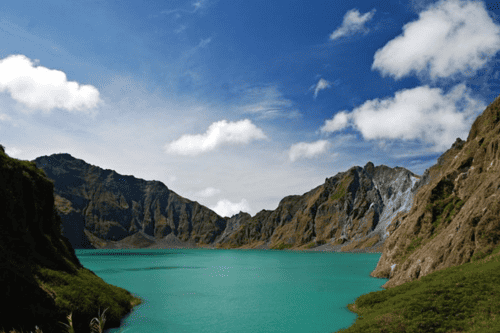
Mt. Pinatubo is about three hours away from Manila. This is one of the most powerful active volcanoes of the 20th century and a top trekking destination in the Philippines. Its spectacular crater, surrounded by huge alpine-like rock formations, can only be defined as magical.
You can participate even if you are a beginner because Mt. Pinatubo is considered an easy trail. Throughout the journey, you will encounter volcanic formations. You’ll cross streams that range in color from red to yellow to green. Cliffs are beautiful to see since they represent the remains of the area before the eruption.
And on the top, the glass-like turquoise lake lies serenely. The lake has no other activities, so enjoy the scenery and snap photos. The walk takes slightly over two hours, but you can stay overnight and pitch a tent in allowed camping places along the trail.
Check these handpicked activities:
- Absolutely Stunning Mount Pinatubo Trek to the Crater
- Feel the Thrill: A Full Pinatubo Experience
- Manila: Mount Pinatubo 14-Km Hiking Trip
Subic Bay
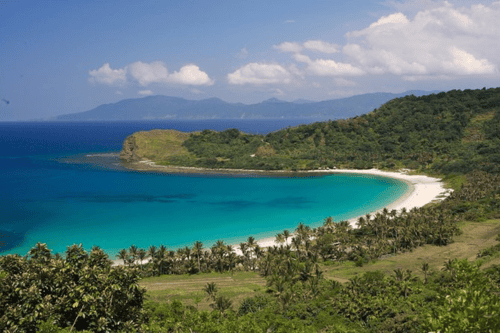
Located about three hours from Manila, Subic Bay offers various leisure and adventure activities. Once a U.S. naval base, the area has become a thriving destination. Subic Bay boasts pristine beaches where you can relax or enjoy water sports such as jet-skiing and snorkeling.
For a unique experience, visit the Ocean Adventure Park, a marine sanctuary featuring dolphin and sea lion shows. The Subic Bay Freeport Zone is a shopping and entertainment hub where you can find bargains, dine, and unwind.
Above are some of the best things to do in Manila, Philippines. Jot down these activities when you are organizing your upcoming vacation to Manila. Have a great trip!
Best Manila Tours and Activities!













